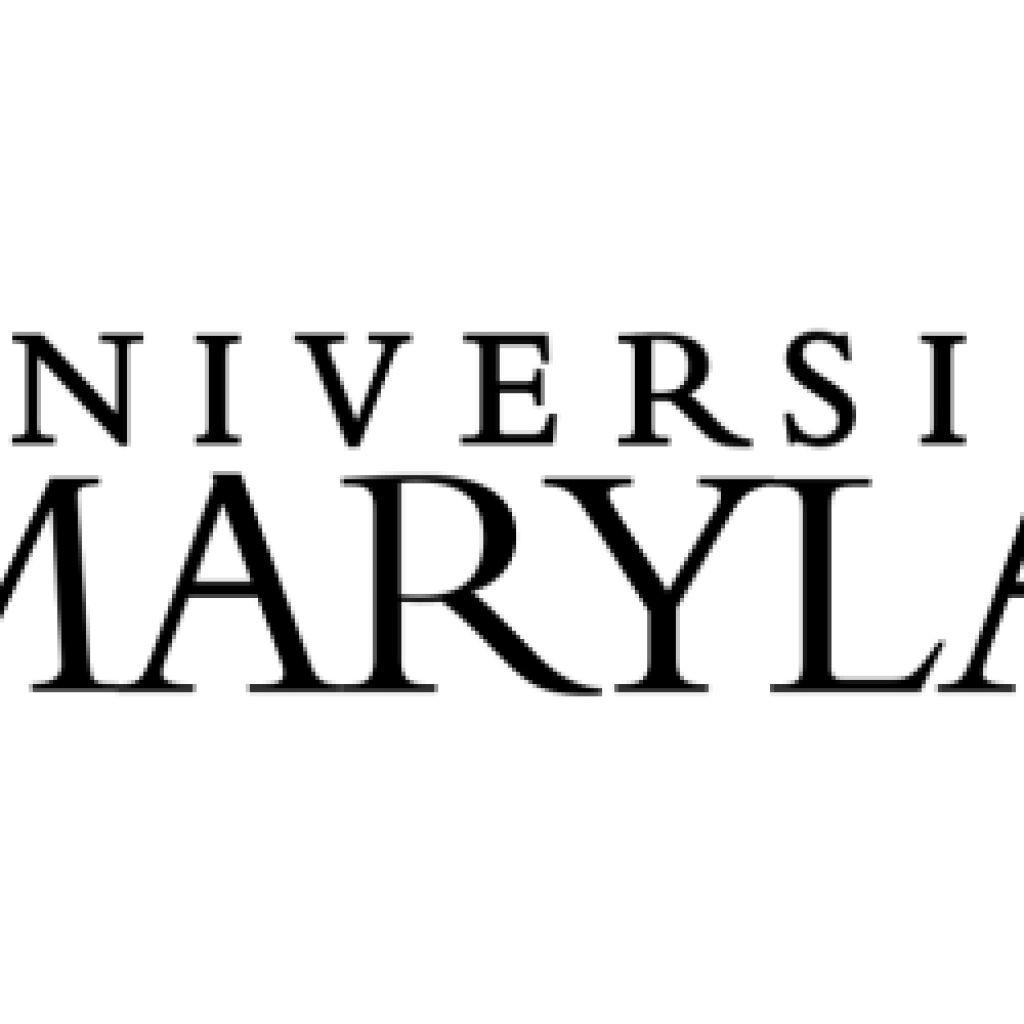(SciTechDaily) Scientists on the hunt for an unconventional kind of superconductor have produced the most compelling evidence to date that they’ve found one. In a pair of papers, researchers at the University of Maryland’s (UMD) Quantum Materials Center (QMC) and colleagues have shown that uranium ditelluride (or UTe2 for short) displays many of the hallmarks of a topological superconductor — a material that may unlock new ways to build quantum computers and other futuristic devices.
“Nature can be wicked,” says Johnpierre Paglione, a professor of physics at UMD, the director of QMC and senior author on one of the papers. “There could be other reasons we’re seeing all this wacky stuff, but honestly, in my career, I’ve never seen anything like it.”
Superconductors achieve their super-conductance in different ways. Since the early 2000s, scientists have been looking for a special kind of superconductor, one that relies on an intricate choreography of the subatomic particles that actually carry its current.
In the new Science paper, Paglione and his collaborators reported two new measurements that reveal the internal structure of UTe2. The UMD team measured the material’s specific heat, which characterizes how much energy it takes to heat it up by one degree. They measured the specific heat at different starting temperatures and watched it change as the sample became superconducting.
“Normally there’s a big jump in specific heat at the superconducting transition,” says Paglione. “But we see that there’s actually two jumps. So that’s evidence of actually two superconducting transitions, not just one. And that’s highly unusual.”
The two jumps suggested that electrons in UTe2 can pair up to perform either of two distinct dance patterns.
Unconventional Superconductor May Unlock New Ways To Build Quantum Computers
